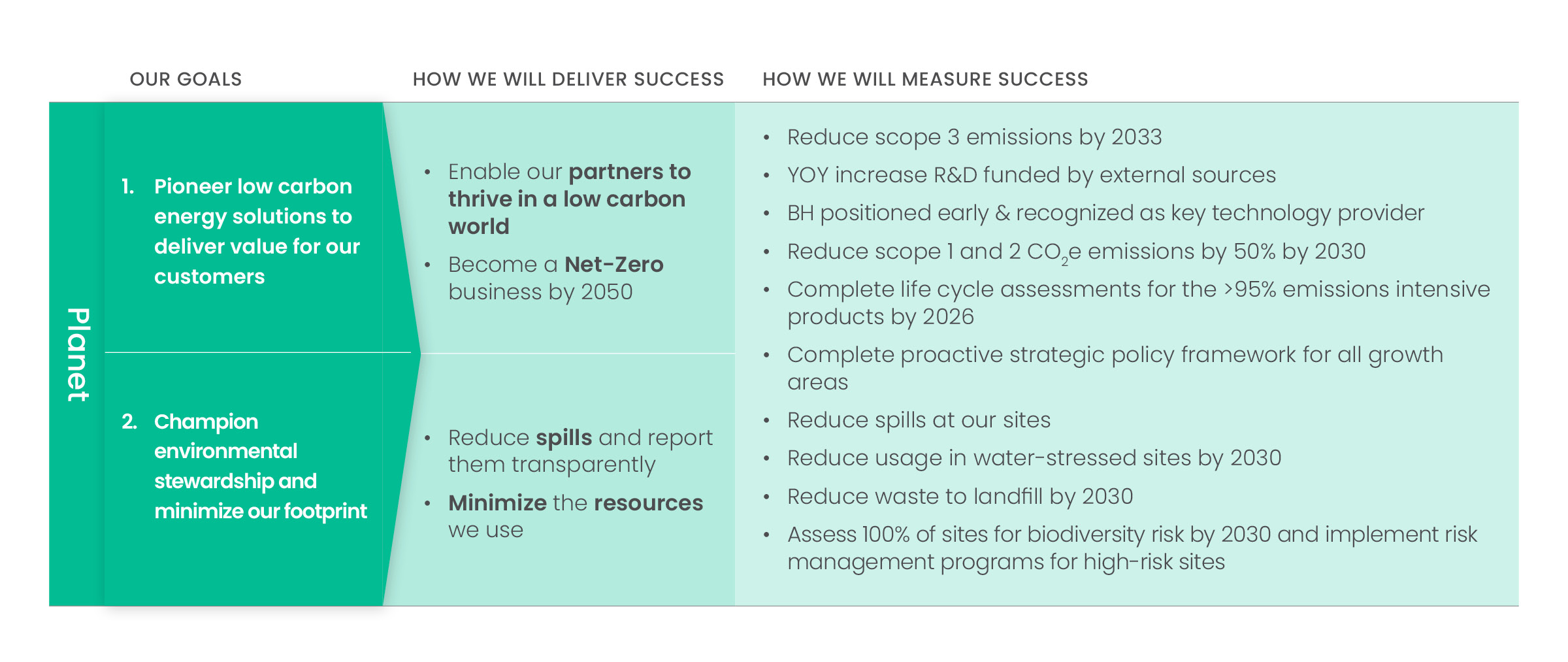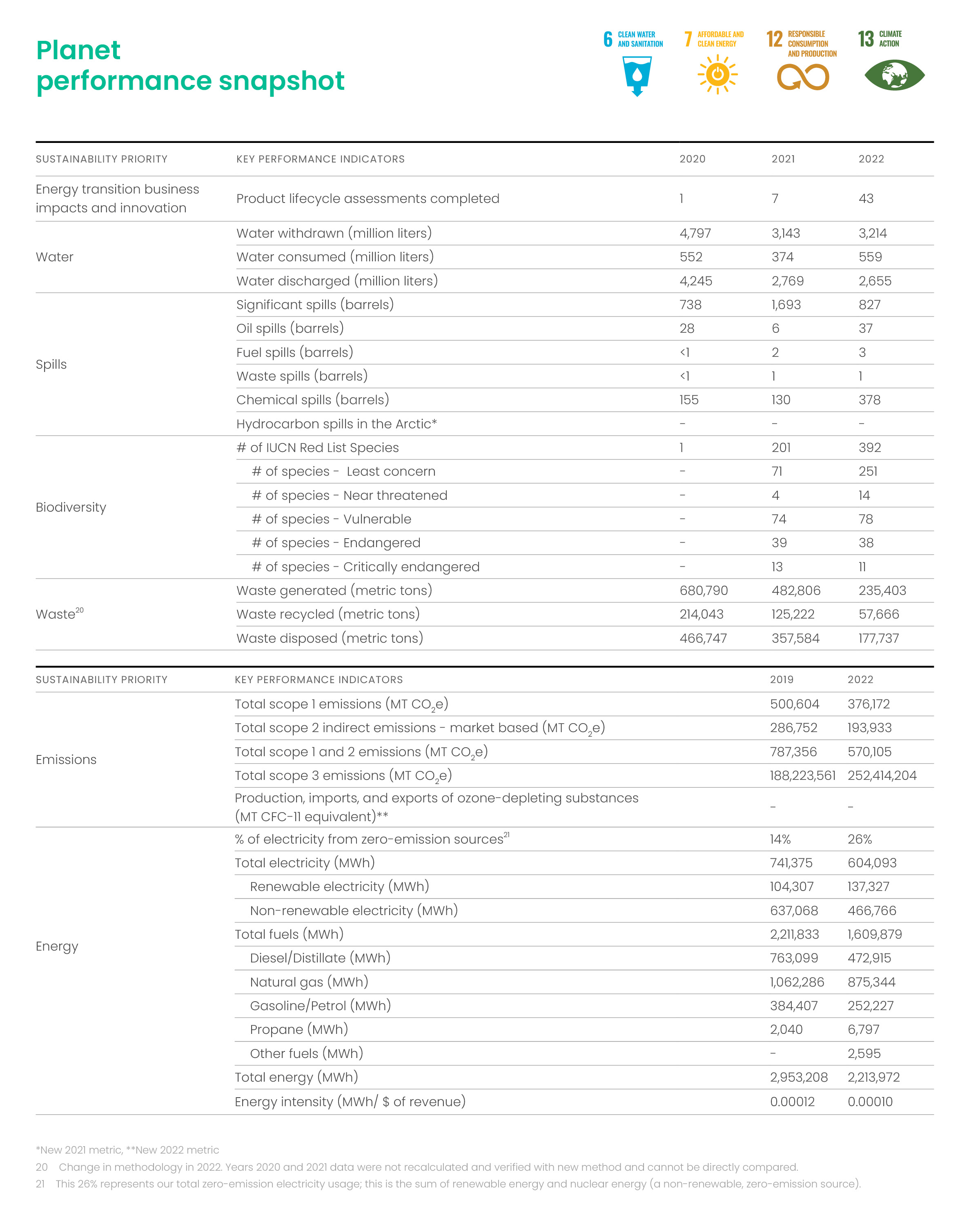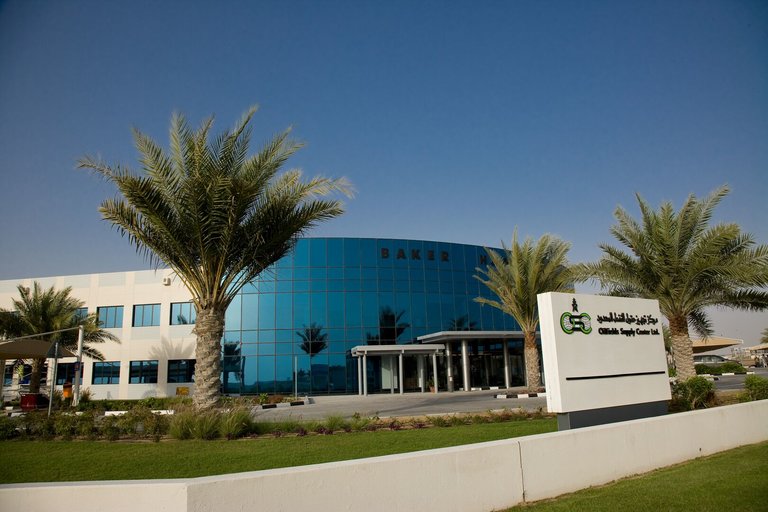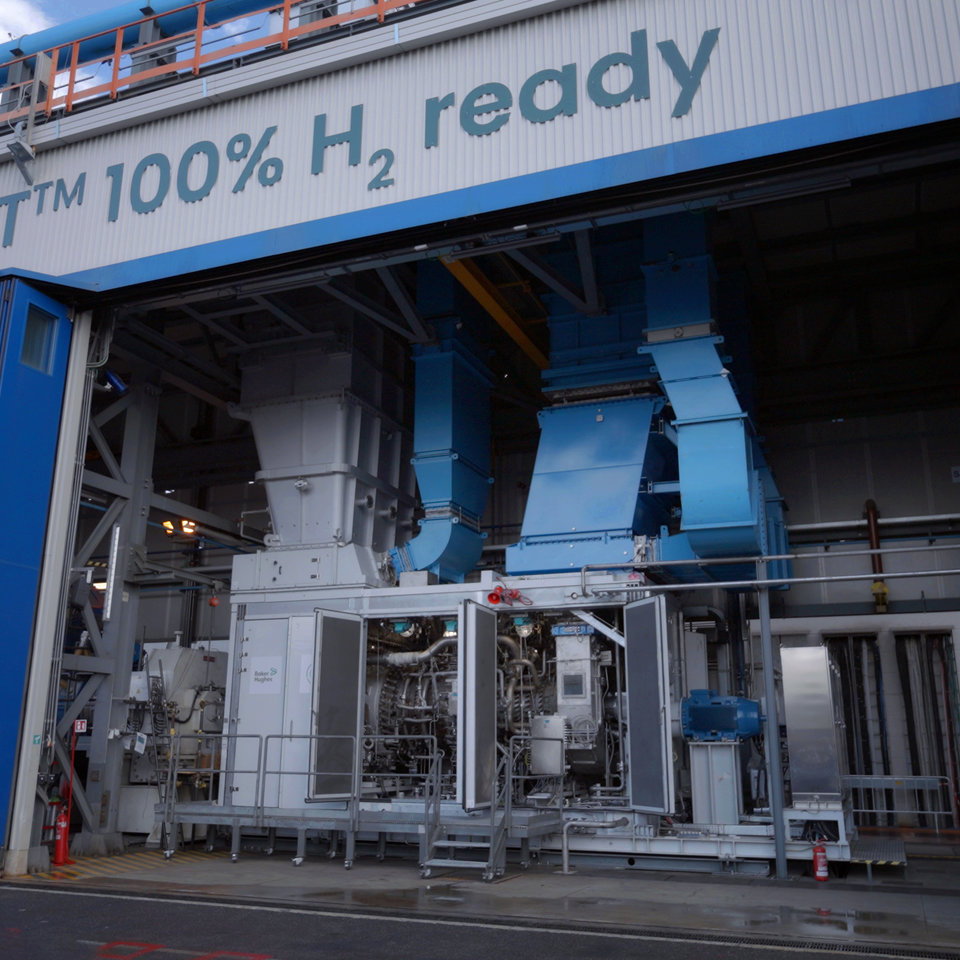Planet Strategy
Our Planet strategy has environmental stewardship at its core and drives specific outcomes, taking our strategy forward.

Planet performance snapshot

2022 By the numbers
28%
Reduction in scope 1 and 2 carbon dioxide equivalent (CO2e) emissions from our 2019 baseline
57,666
Metric tons of waste recycled
26%
Electricity sourced from zero-emission sources
10
Scope 3 emissions categories reported with limited assurance
Quantifying our carbon footprint through life cycle analysis
In 2022, we launched our proprietary Fast Life Cycle Assessment (FastLCA) tool, which allows all of our product lines to drive the quantification and analysis of the estimated cradle-to-grave CO2e emissions impact of our products and services.
This quantification has directed our focus for carbon-reduction opportunities across our value chain by assessing CO2e emission impacts during:
- product design - material selection - component sourcing
- manufacturing processes - disposal of our products - product installation and use
All In. Carbon Out
Our Carbon Out program empowers our business segments to prioritize CO2e emissions reductions by identifying projects that meet our pathway criteria for the road to net-zero operational CO2e emissions.
Carbon Out stories

Best Environmental Project of the Year - Runner up at EGYPS Global Sustainability in Energy Awards 2023 - Baker Hughes India Watershed Project
In India, we combatted desertification with an ambitious soil & water conservation project, completing 280 hectares, resulting in 1,040 million liters of water storage and 8,450 tons of CO2e soil carbon sequestration.

The UAE team successfully conducted Carbon Out training for UAE HSE & Facility team members.
As a result, several Carbon Out facilities projects have been implemented in the UAE including the updating the parking lot lighting, water dispensers, AC units, and water heaters to benefit employees and emissions.

Our Flexible Pipe Offshore team replaced equipment in Brazil
We worked together to replace the use of leased cranes, tugboats, and ferryboats, not only reducing emissions but also improving operational efficiency. This project also ensured safer operation and decreased equipment maintenance.

Solar panels installed in Indonesia
Our team actioned the installation of a complete hybrid solar panel system for our Batam office and shop facilities, significantly reducing emissions and HSE risks. This installation is ongoing in 2023.
Click on one of the links below to learn more about Planet:



